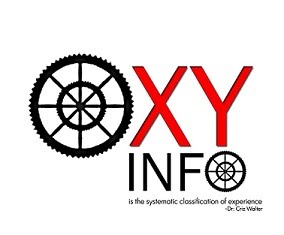
An infrared telescope designed to study star formation, extrasolar planets and other celestial phenomena opened its eye on the universe for the first time Wednesday, from a vantage point 35,000 feet above ground.
The Stratospheric Observatory for Infrared Astronomy, or SOFIA, took off from Palmdale, Calif., shortly before 1 a.m. EDT for an overnight trial run, the culmination of a 13-year development effort led by NASA and the German Aerospace Center.
"Everyone is all smiles," said Nicholas Veronico, with the Universities Space Research Association, which operates the observatory for NASA.
The 2.5-meter telescope -- three times larger than NASA's infrared Spitzer Space Telescope -- is mounted into a modified Boeing 747 jet that is expected to fly two- to three times a week for the next 20 years.
Operating at 45,000 feet -- above most of Earth’s infrared-absorbing water vapor -- SOFIA is nearly as capable as a space-based telescope, without the launch costs. It also can be easily upgraded with a variety of science instruments, outfitted for several different types of studies and flown to view particular targets.
"We're 80 percent of a space telescope and yet we come home every morning," astronomer Dana Backman told Discovery News.
For first light, the telescope was outfitted with an infrared camera designed and built by scientists at Cornell University. Seven other instruments are in various stages of completion and expected to be ready by this fall, Backman said.
The instruments will take turns flying on SOFIA, during observation runs spanning three- to five flights each.
Wednesday's flight was intended to calibrate the instrument and assess SOFIA's capabilities. The telescope is sensitive to light radiating in a broad range of wavelengths from ultraviolet to microwaves. The telescope's sweet spot is the infrared region, where objects basically cooler than stars emit most of their energy.
Like many ground-based observatories, scientists can work on-site, though for SOFIA's studies, that means hopping aboard the aircraft for a night in the sky. The aircraft has seating for about 15 people.
"Astronomers are kind of old-fashioned. They like to be there in the chair when the observing is going on," Backman said.
Though not as sensitive as Spitzer, SOFIA can make out finer details and is sensitive to a broader spectrum of light.
Scientists plan to use SOFIA to study star formation in the Milky Way and other galaxies, hunt for organic molecules in space and pick apart the chemical composition of extrasolar planet atmospheres.


No comments:
Post a Comment